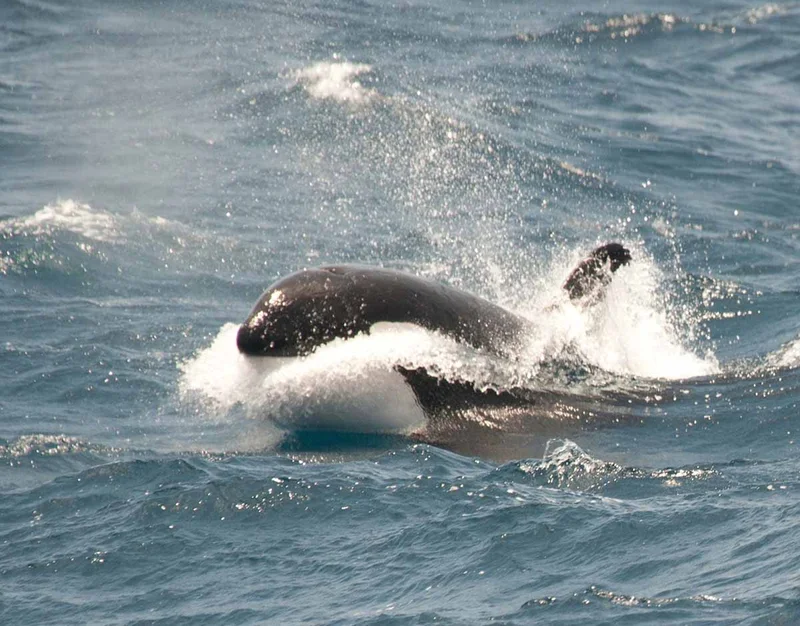
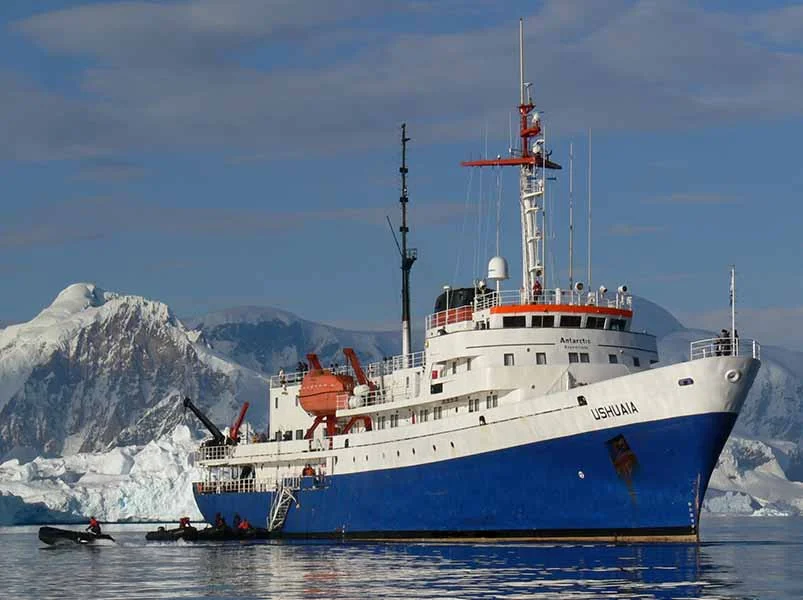
10 Day Antarctica Itinerary
Day 1: Depart from Ushuaia
Day 2 & 3: Crossing the Drake Passage
The Drake Passage, named after Sir Francis Drake who explored these waters back in 1578 marks a convergence of cold water from the Antarctic and warmer waters. The result is a huge upwelling of nutrients that sustains biodiversity in this area. Drake Passage is also the northernmost limit for many Antarctic seabirds.
Antarpply Expeditions lecturers are on the deck with you to identify the amazing array of seabirds that follow us, such as the albatrosses. Open bridges are a USHUAIA policy that allows passengers to learn navigation and whale watching from our officers. There will also be a full schedule of lectures.
We have now reached the South Shetland Islands. This group of 20 islands and islets was first discovered in February 1819, by Captain. William Smith, the captain of the Williams brig. On Day 3, our naturalists and lecturers will be with you as you have your first experience of penguins or seals.
Day 4 to 7: Exploring the Antarctic Peninsula and the South Shetland Islands
South Shetland Islands is a wildlife haven. The South Shetland Islands are a paradise for wildlife. The narrow passage that leads to the caldera on Deception Island, which is flooded with water, is stunning.
King George Island is the largest South Shetland Island. It has colonies of Gentoo Penguins, Chinstrap Penguins nesting, Kelp Gulls Blue-Eyed Cormorants Antarctic Terns Southern Giant Petrels as well as scientific bases from many countries. Livingston Island is home to Gentoo and Chinstrap Penguins, as well as Elephant Seals.
You will experience a level of adventure that is usually only experienced by early explorers. There will be plenty of time for you to enjoy the amazing landscape, which includes a wilderness of mountains, waterways, snow and ice. You can also see a wide range of wildlife. You are likely to spot Weddell seals, leopard, and crabeater seals, as well as Minke (orca), killer and humpback Whales.
The Lemaire Channel is a narrow channel between rock walls and glaciers. At least two landings are planned per day. Possible landing sites include:
Paradise Bay may be the best-named place on earth and we try to land in Antarctica. We hope to see the busy Adelie Penguin colonies (more than 100,000 pairs of these birds breed on Paulet Island) after navigating the icebergs-strewn waters in the Antarctic Sound. In 1903, the Nordenskjold Expedition built here a survival stone hut. The penguins have taken over the ruins of this hut.
You can continue your exploration by visiting the Melchior Island Group, Cuverville Island (and its group), Portal Point, Neko Harbour and Pleneau Island. If ice conditions allow, you may also visit Petermann Island to see the southernmost Gentoo penguin colony.
.
Day 8 & 9: At Sea crossing the Drake Passage, northbound
Day 10: Arrival in Ushuaia
Arriving at Ushuaia early in the morning, we disembark after breakfast.
Please be aware: This itinerary is only a guide. The exact itinerary and program may vary depending on the local conditions, including weather and ice. We will also take into consideration wildlife viewing opportunities. The Captain or Expedition Leader will make changes to the itinerary based on the current conditions. On board, a daily schedule will be distributed. Flexible thinking is key.
Itineraries A191222, a291222, a080123, and A170223 offer an additional day to the Antarctic Peninsula or the South Shetland Islands.
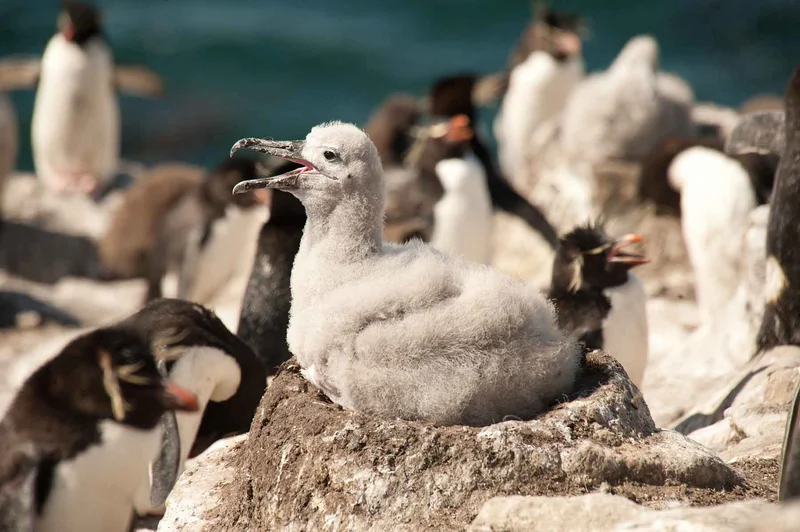


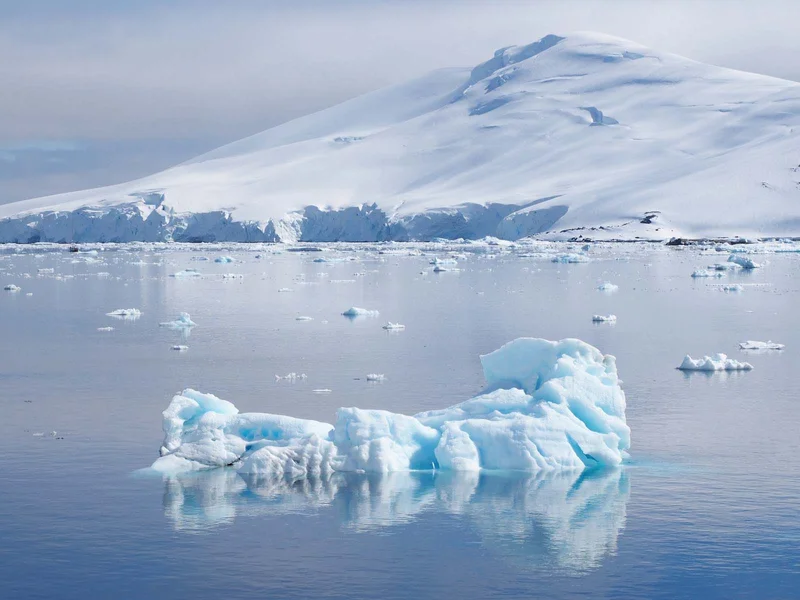
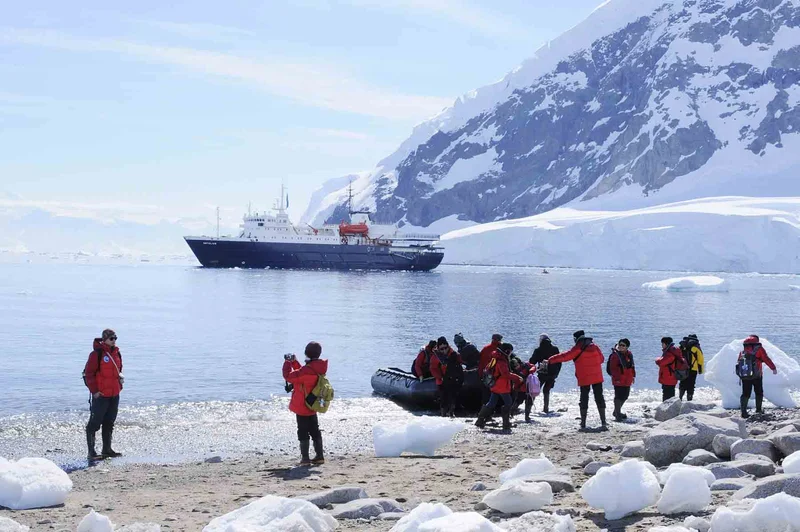
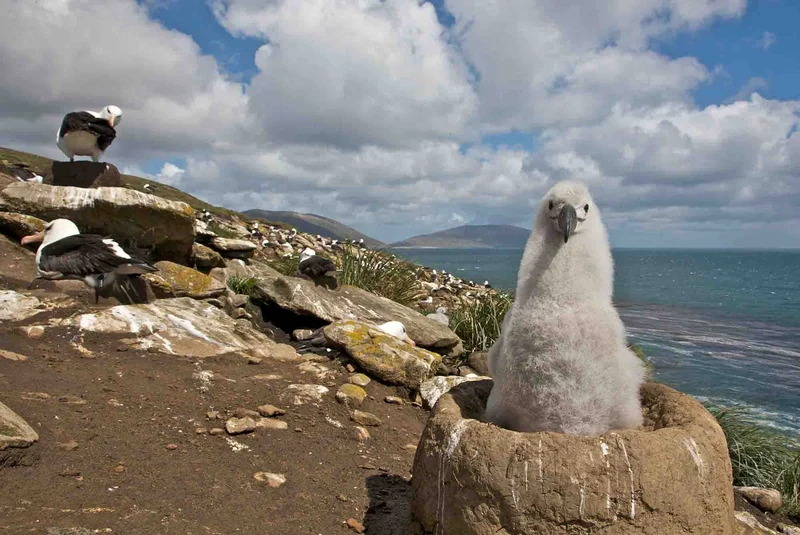
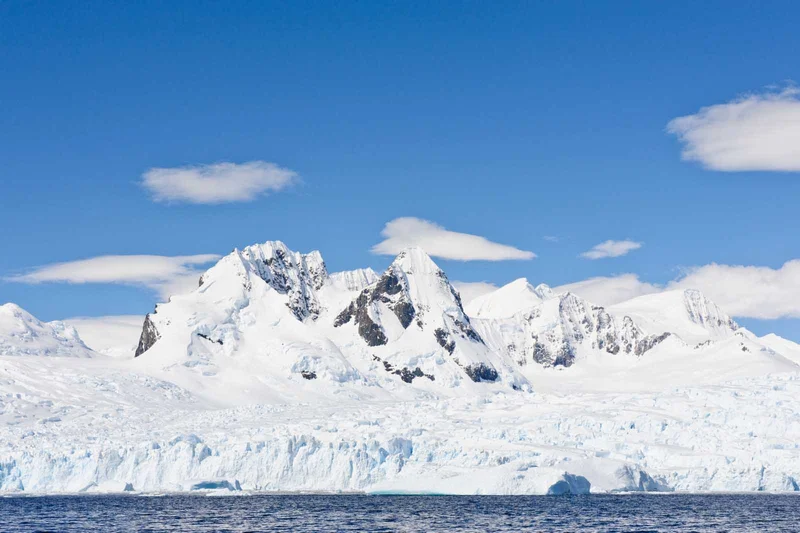

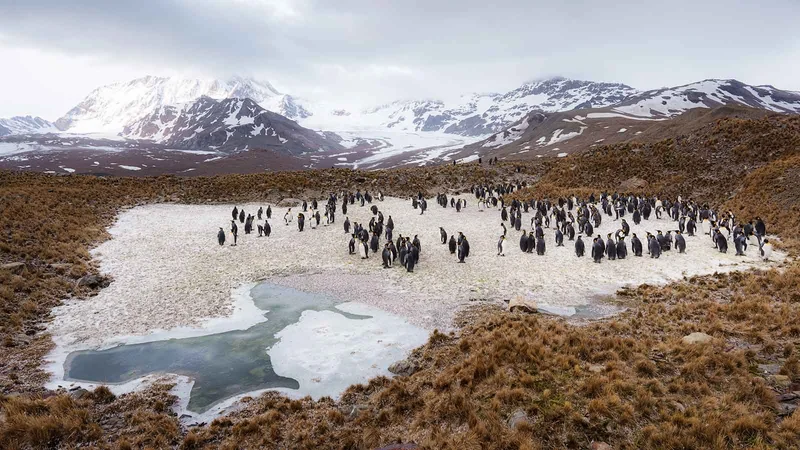
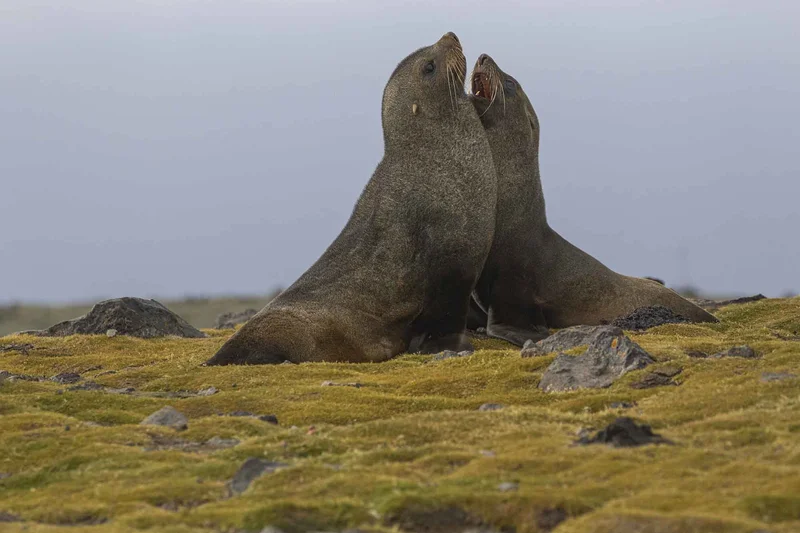
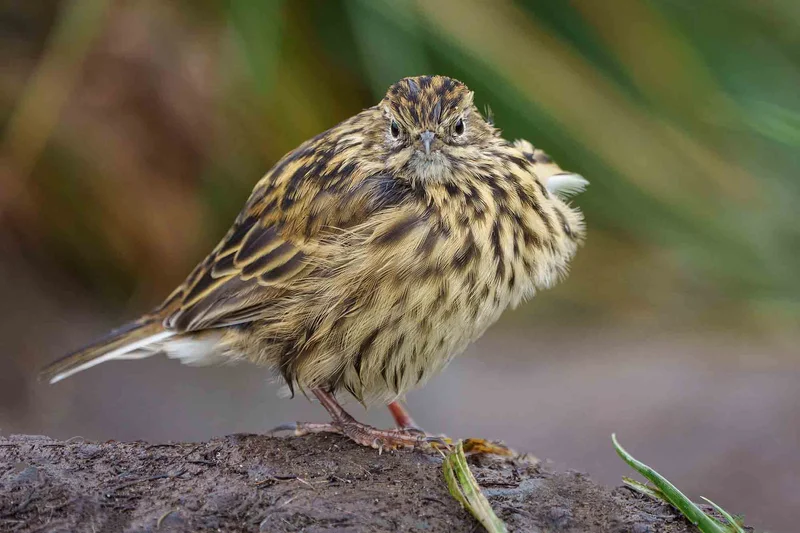
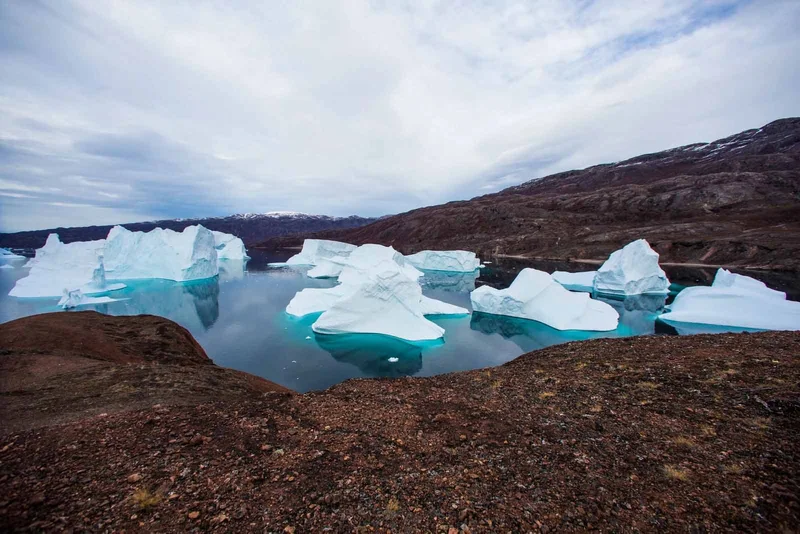
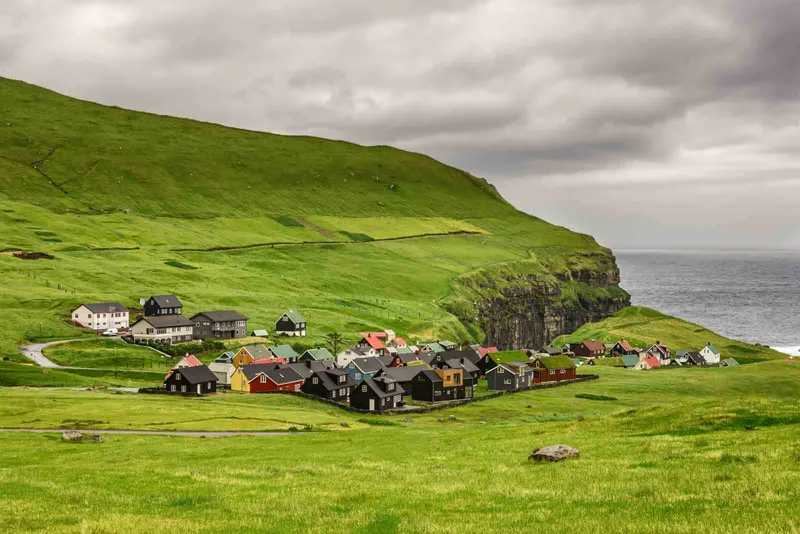

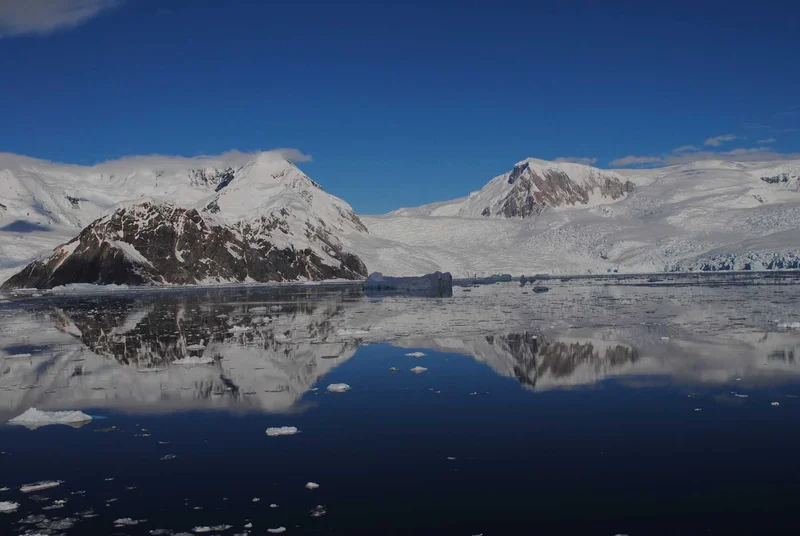
10 Day Antarctica Itinerary Highlights
- Discovering the majestic Antarctic Peninsula, teeming with abundant wildlife, including penguins, seals, and whales, while navigating through narrow channels and stunning glaciers.
- Encounter diverse Antarctic wildlife, from playful penguins to majestic seals, on the South Shetland Islands and beyond.
- Explore historic landmarks, such as Paradise Bay and Paulet Island, offering insights into the Antarctic Peninsula's exploration legacy.
- Engage in daily lectures by Antarpply Expeditions’ staff, covering navigation, wildlife identification, and the Antarctic ecosystem.
- Embrace a flexible itinerary to optimize weather and wildlife opportunities, concluding with reflection during the return crossing of the Drake Passage.
Itinerary Map
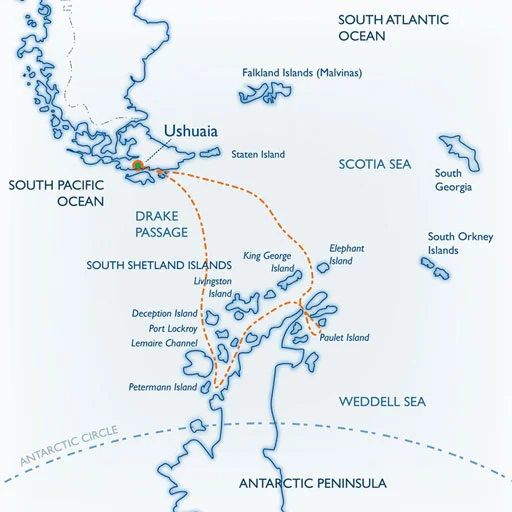
10 Day Antarctica cruise activities


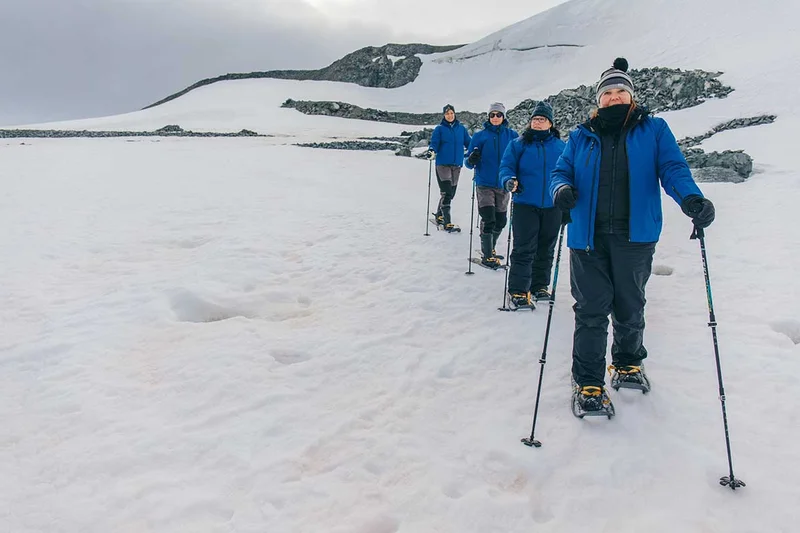
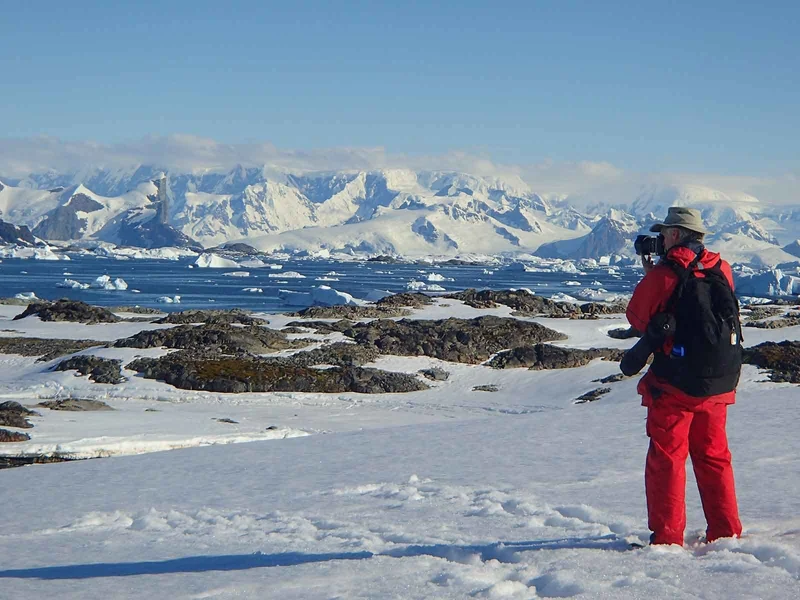
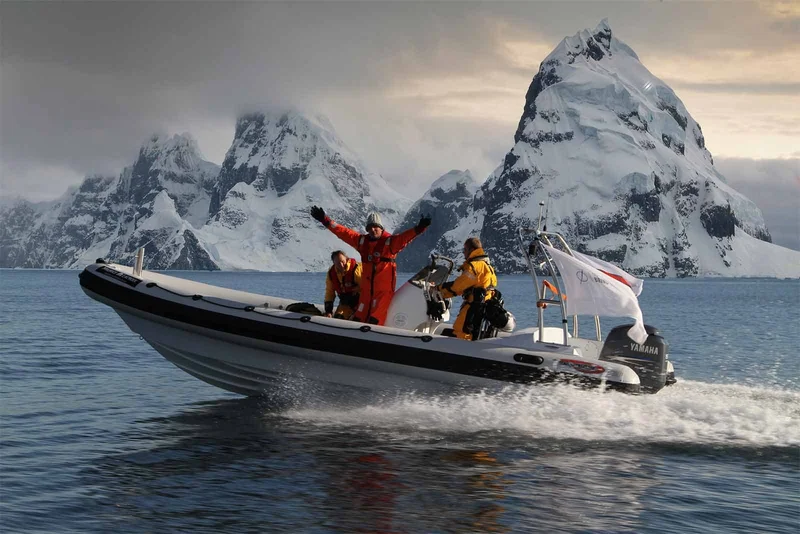

Animals you might see on this itinerary
Classic Antarctica
Why travel with us?
Would you like to know why booking with us is the best choice?
Discover the BenefitsSimilar Itineraries


